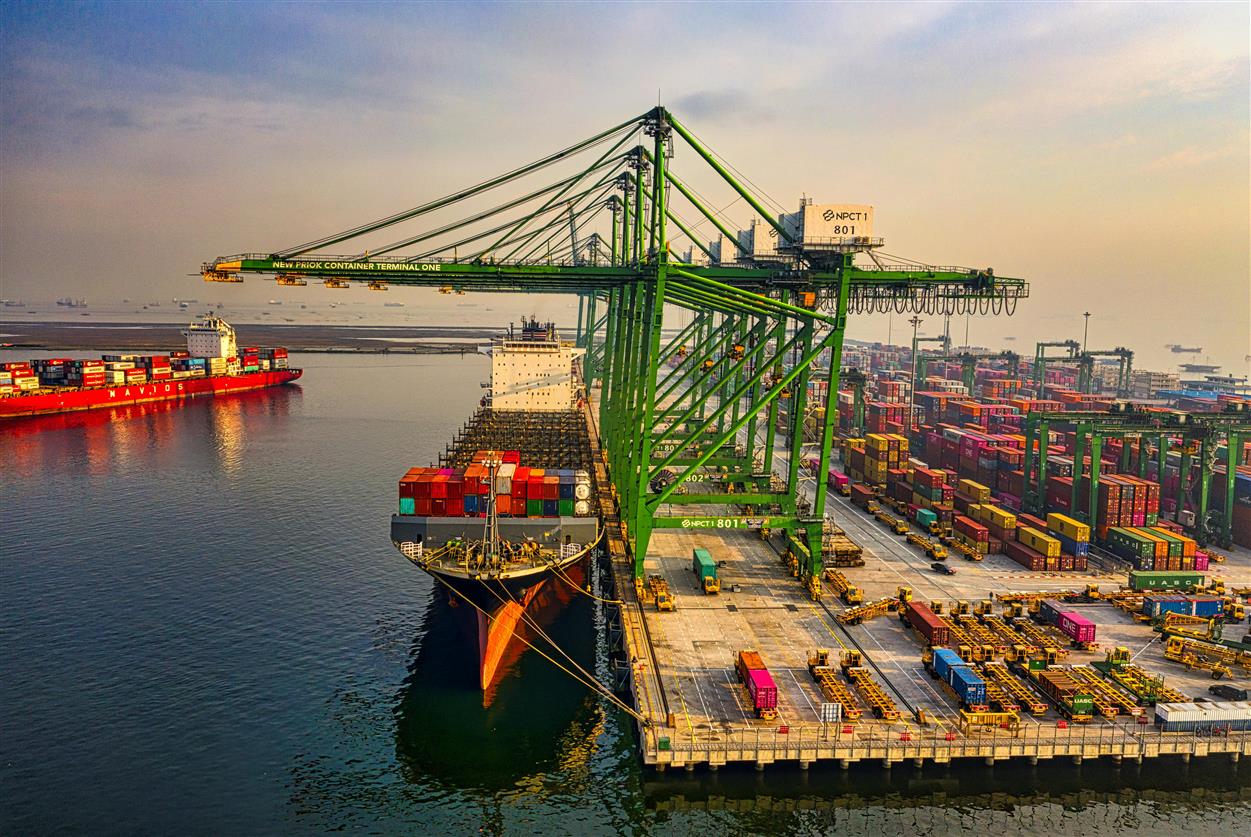
For decades, global trade was shaped largely by the economic decisions of Western powers—namely the United States, the European Union, and Japan. But over the past twenty years, a quiet shift has been underway. The BRICS nations—Brazil, Russia, India, China, and South Africa—have moved from the margins of economic influence to the center of global conversation. This coalition of five emerging economies now stands as a collective force, challenging long-standing assumptions about who controls the levers of trade, finance, and geopolitical strategy.
What began in the mid-2000s as a loosely defined group based on common growth trajectories has become something far more assertive and structured. As of 2025, BRICS represents over 40% of the world’s population and around a quarter of global GDP. And more countries are knocking at the door—Argentina, Iran, and even Saudi Arabia have expressed interest in joining or aligning with the group. The idea that global trade can only be defined by Western-led institutions is fading fast.

From Resource Providers to Global Players
Historically, many of the BRICS nations were viewed through a narrow lens: as suppliers of raw materials or as cheap labor markets. Brazil was linked with agriculture, Russia with oil and gas, China with manufacturing, and India with IT services. But that framework is increasingly outdated.
China has long outgrown its role as the “world’s factory” and now commands vast technological, financial, and diplomatic influence. India is no longer seen merely as a destination for outsourcing but as a vital hub for pharmaceuticals, space tech, and digital infrastructure. Even South Africa, often viewed as the smallest player in the group, holds significant strategic importance due to its geographic location and mineral wealth.
These nations are reshaping global trade not just by what they produce, but by how they negotiate, organize, and cooperate. And perhaps most notably, they are building alternative institutions.
A Shift Away from Dollar Dominance
One of the most telling signs of BRICS’ rising influence is their push to move away from the U.S. dollar in international trade. Recent years have seen increasing efforts to settle transactions in local currencies, especially between China and Russia, and between India and several African nations. The creation of the New Development Bank (NDB) in 2014, headquartered in Shanghai, was a clear message: the group would no longer rely solely on institutions like the World Bank or IMF, where voting power heavily favors the West.
While the dollar is unlikely to be dethroned anytime soon, the rise of parallel financial systems is already changing how international trade is conducted. For many developing countries, these new options reduce exposure to Western sanctions and allow more autonomy in structuring their economies.

South-South Trade: A Growing Reality
Trade between developing countries—often referred to as “South-South trade”—has exploded, with BRICS at the center. Intra-BRICS trade has grown more rapidly than their trade with advanced economies. China has become Brazil’s top trading partner. India is strengthening energy ties with Russia and investing in African infrastructure. These are not isolated exchanges; they are part of a broader strategy to build regional trade networks that bypass traditional Western trade routes and alliances.
What’s emerging is a decentralized world economy, where influence is not concentrated in a few financial capitals but dispersed across continents.
Challenges Still Loom
It would be misleading to paint BRICS as a perfectly cohesive unit. The group is, in many ways, a patchwork of competing interests. India and China, for instance, have an uneasy relationship, marked by border disputes and differing global alignments. Russia’s actions in Ukraine have complicated its relations with some of the group’s more diplomatically cautious members. Brazil, depending on its administration, oscillates between regionalism and a more global outlook.
Moreover, economic disparity within the group is stark. China’s GDP dwarfs those of the other members, leading to concerns about disproportionate influence. Coordination is not always smooth, and some of the institutions set up by the group are still in early stages of development.
Yet, the value of BRICS lies not in its internal harmony but in its shared intention: to create space for alternative economic leadership and reduce dependency on Western-dominated frameworks.

Looking Ahead
What happens next for BRICS could reshape how global trade functions for the next half-century. Expansion is on the table, with a growing list of countries expressing interest in joining or observing. The group’s influence in energy markets, technology exchange, and infrastructure development is rising steadily. China’s Belt and Road Initiative already overlaps with several BRICS-related projects, offering both financing and strategic partnerships to countries beyond the current five.
As the group becomes more formalized, it may continue to construct parallel systems of finance, communication, and even data governance. These steps will likely influence everything from commodity pricing to internet protocols.
Conclusion
The story of BRICS is not one of sudden revolution, but of steady rebalancing. It’s a shift that challenges long-held narratives about who writes the rules of global trade. With growing populations, natural resources, expanding markets, and increasing geopolitical agency, the BRICS nations are no longer just emerging—they’re arriving.
They may not offer a flawless alternative, but they represent something increasingly vital in today’s multipolar world: choice. And in a landscape where global power is gradually diffusing, that might be the most consequential development of all.






